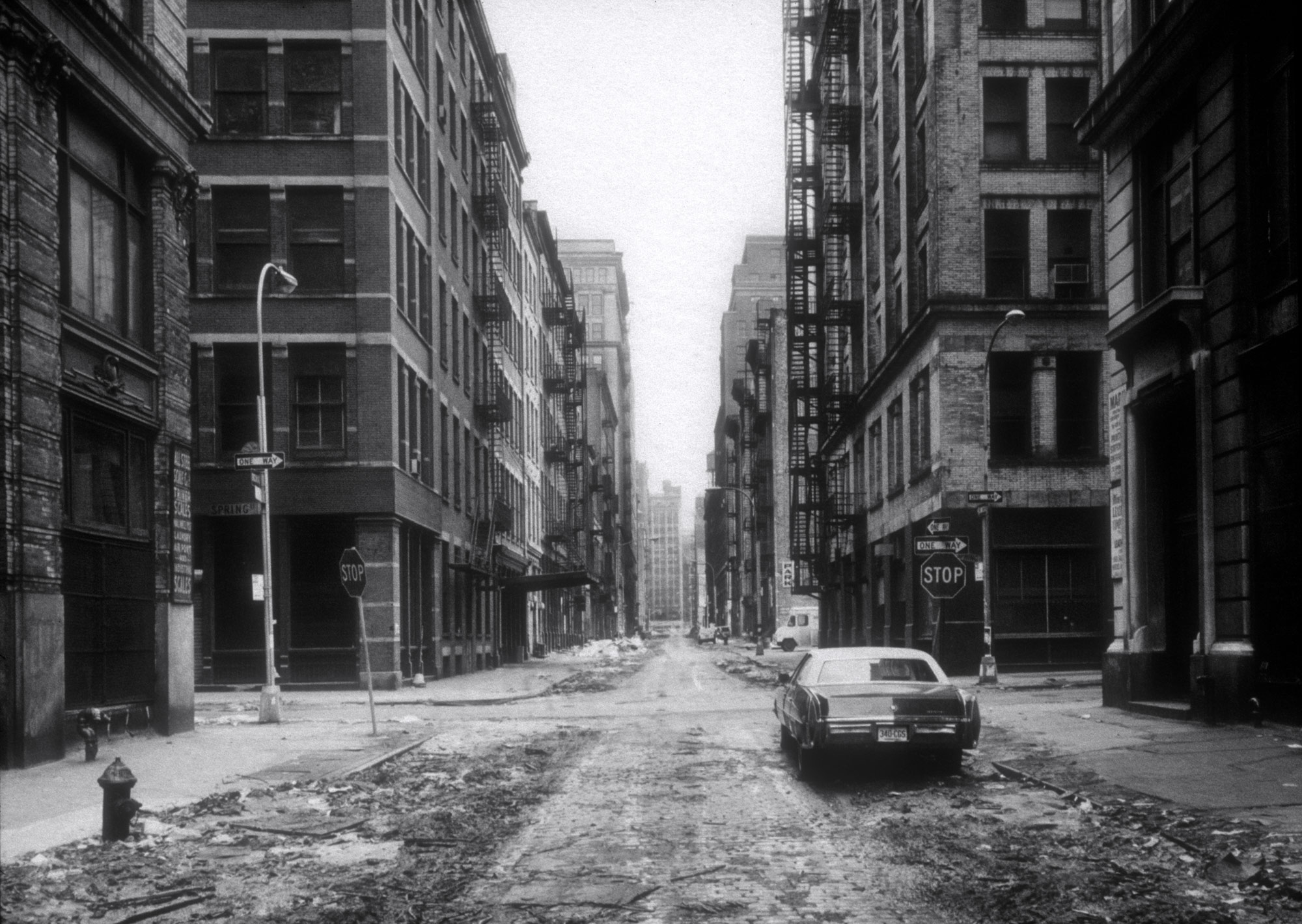Struth began his survey of cities in his native Düsseldorf, Germany, but it was on a scholarship to New York in 1978 that he found an ideal combination of conceptual order and practical chaos to hone his rigorous vision. Avoiding subjectivity through a centralized viewpoint and comparative technique, Struth catalogued, with clarity and dispassion, the unselfconscious structures that characterize a culture—the irreducible mélange of textures, shapes, and the scale of its streets. The result was a unique synthesis of lessons learned from his professors Bernd and Hilla Becher at the Kunstakademie in Düsseldorf, the older tradition of urban architectural photography exemplified by nineteenthcentury practitioners such as Charles Marville and Eugène Atget, and the clear-eyed geometries and concern for social, historical, and institutional context as shown in recent Minimal and Conceptual Art.

iBet uBet web content aggregator. Adding the entire web to your favor.
Link to original content: http://www.metmuseum.org/toah/works-of-art/1982.1053.1
